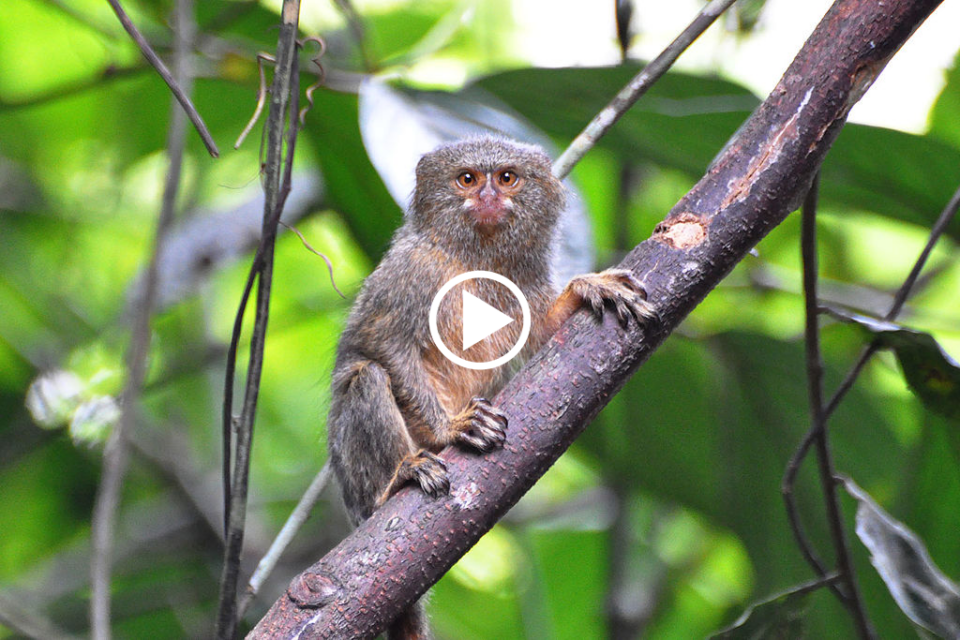New research shows that the pygmy marmoset consists of two distinct species, not just one as previously thought.
The dwarf monkey (Cebuella) is endemic to the Amazon rainforest in South America. Previously, only one species was described in this genus, Cebuella pygmaea. With a length of around 11.7 to 15.2 cm and an average weight of 100 grams as adults, they are considered the smallest species of monkey in the world.
However, in a new study published in the American Journal of Physical Anthropology, biologists from Northern Illinois University (NIU) in the United States analyzed the skull structure and DNA of Cebuella specimens. distinct species.
The team proposed to name the new species Cebuella niveiventris, next to the previously described Cebuella pygmaea. While C. pygmaea is found in the northwestern part of the Amazon rainforest, its parents are mostly distributed in the southwestern part.

According to the study’s lead author, Leila Porter, a biological anthropologist at the NIU, it is difficult to tell the two species apart based on their appearance, as they are almost identical in shape and color.
“The difference in skull structure suggests that C. pygmaea and C. niveiventris may have slightly different feeding behavior. For example, they may have chiseled different types of trees with different bark characteristics,” Porter said.
Cebuella mainly eats the sap of trees. They often make small holes in the bark of woody or climbing plants, then use their tongues to lick the sap secreted from there. Sometimes they will also eat flower and fruit nectar for additional nutrition.
Tongue-eating lice hide in the mouth of carpenter fish
Hybrid fish between two “living fossil” species
The oldest fish in the world lives in coral reefs







